This case study in our Conservation Tech Showcase comes to us from Happywhale, a citizen science platform that uses AI-powered image recognition technology to identify individual humpback whales and collect sighting data from contributors all over the world.
About Happywhale
Happywhale is a citizen science platform that allows individuals to help monitor and understand the movements and behaviors of whales all over the world's oceans.
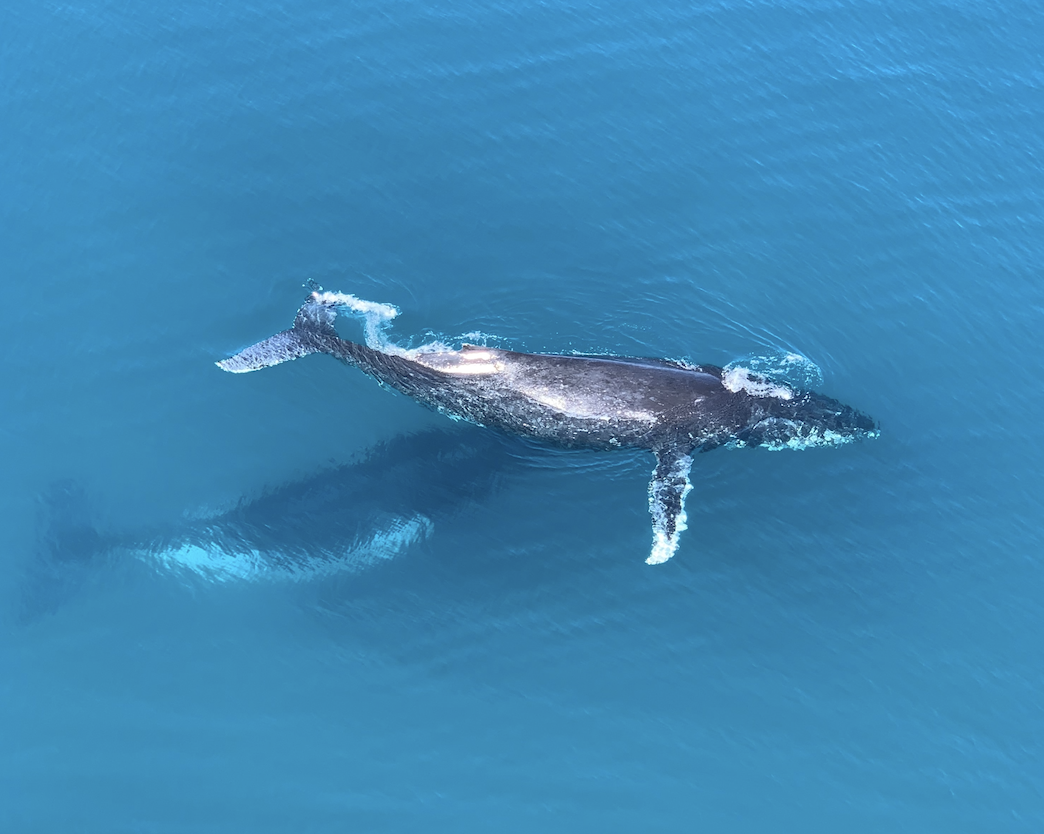
By collecting and evaluating pictures of whales taken by anyone at any time, Happywhale creates an extensive database of whale sightings that can be used for scientific research and conservation work. The website is user-friendly, and the submission process is simple, making it easy for anyone to contribute to the global effort to protect and preserve these amazing creatures.
Happywhale aims to improve worldwide understanding and concern for marine environments by creating high-quality conservation science and education. The platform operates in all marine environments, with a specific emphasis on the North and South Pacific, Antarctic, and South Atlantic. A demonstration of the platform's application was featured in episode 14-01 of Changing Seas.
How is Happywhale using AI to protect whales?
Happywhale researchers have created an automated image recognition technology to identify individual humpback whales with great speed and accuracy. However, the technology's full potential was realized when it was combined with a web-based system that engaged citizen scientists in contributing data of whale sightings. By using this system, the researchers were able to document the majority of living humpback whales in the North Pacific Ocean basin, with over 30,100 identified individuals to date.
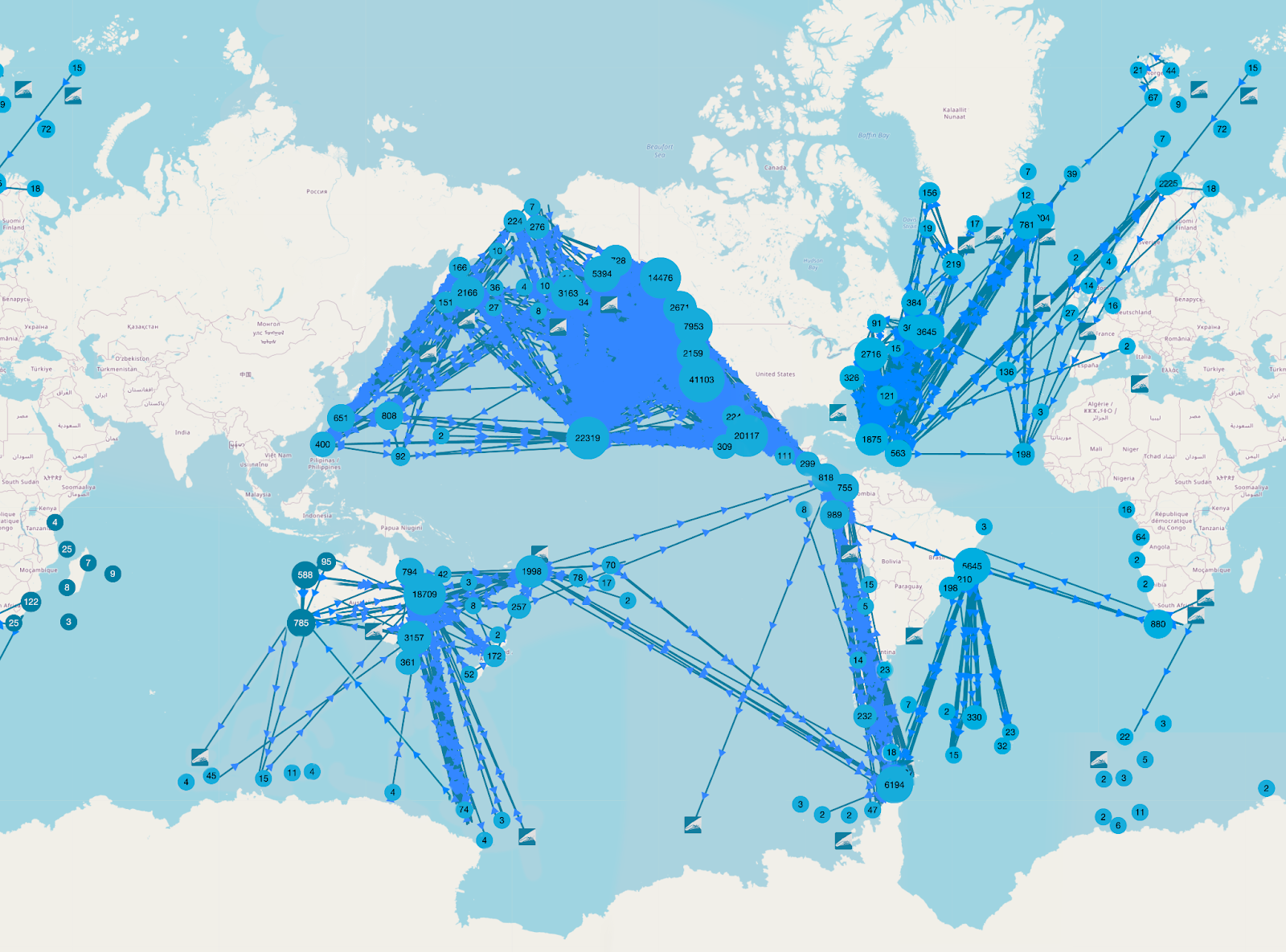
This combination of AI algorithms and an accessible web platform has revolutionized the way whale monitoring is conducted. Thanks to this development of technology open to citizen scientists’ contributions and designed to serve research collaborators, it has become possible to invite all interested users to participate. Contributors are notified of findings and receive ongoing notifications for each re-sighting of the whales they have submitted, creating engaging environmental education opportunities for users.
The result has been an increasingly comprehensive dataset. On average, each of the 30,100 North Pacific humpback whales has been encountered approximately six times. This dataset is the product of both researchers (2/3) and citizen science (1/3), providing a uniquely rich knowledge of individual humpback whales. This rich dataset enabled researchers to study the impact of entanglement and find that entangled whales were significantly more likely to be juveniles and suffered from higher than expected mortality rates.
The research team has developed an AI-powered image recognition algorithm that can identify humpback whales in real-time, even via a mobile app. This algorithm has proven to be useful for research collaborators in minimizing their negative impact on the animals by lessening the need for invasive monitoring approaches.
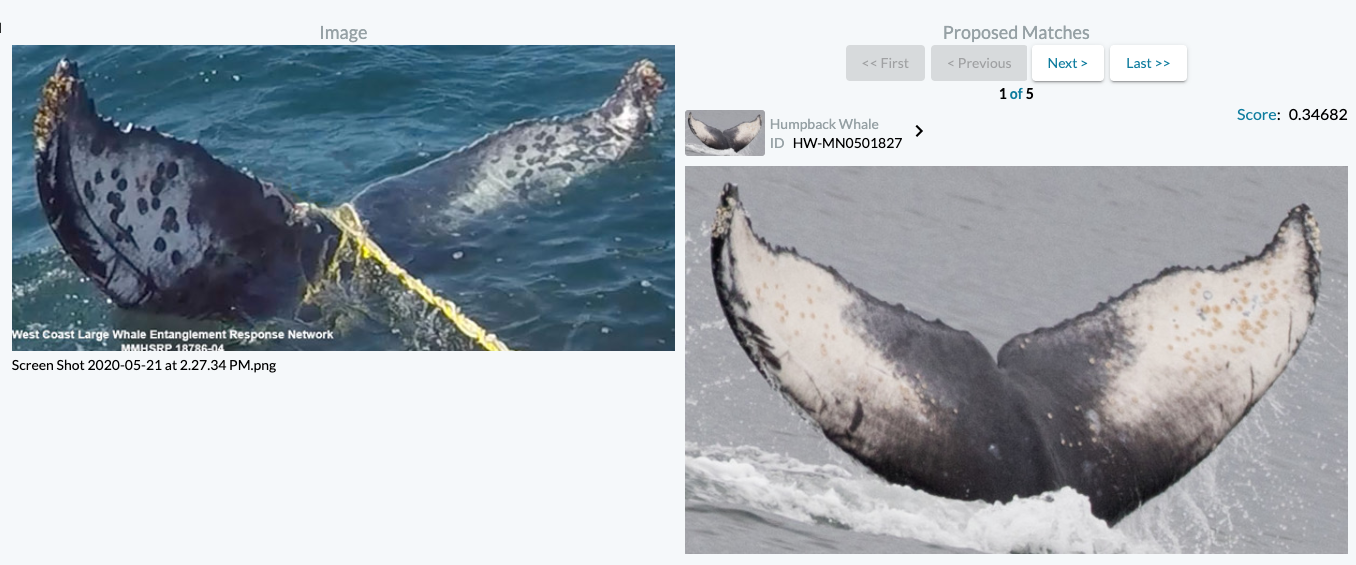
Revolutionizing Marine Biology: The Advantage of Automated Fluke Photo Identification Technology
Currently, the Happywhale team is working on the next generation of this algorithm, which can identify most whale and dolphin species from a dorsal fin or lateral view. This angle is important because it is the most accessible to researchers, as it is often the only angle regularly presented from the surface. The success of this automated dorsal fin photo-ID has the potential to revolutionize the efficiency of data collection in an environment where data is often deficient. The team is especially excited about its potential to support the response to animals in distress, such as entangled whales, of which quality fluke photos are rarely available.
Happywhale has been praised by the Alaska Whale Foundation (AWF) and Glacier Bay National Park and Preserve biologist Janet Neilson for its significant contributions to whale research and conservation efforts. According to AWF's Andy Szabo, the platform has eliminated the most time-consuming aspect of their process, allowing them to monitor the health and body condition of humpback whales migrating between Hawaii and Alaska, particularly during marine heatwave events. With nearly all humpback whales in the region instantly recognizable, environmental changes can be documented in real time to prevent or mitigate possible negative effects. Neilson expressed gratitude for Happywhale's revolutionary impact on the world, citing how the platform's user-friendly approach and accessibility have made it possible for individuals to contribute to global whale conservation efforts.
The development of automated fluke photo identification technology is already revolutionizing the way marine biologists collect and analyze data on whales. Previously, manual matching of humpback whale flukes required over 50 minutes per image, but this process has been cut down by over 99% with the use of automated technology.
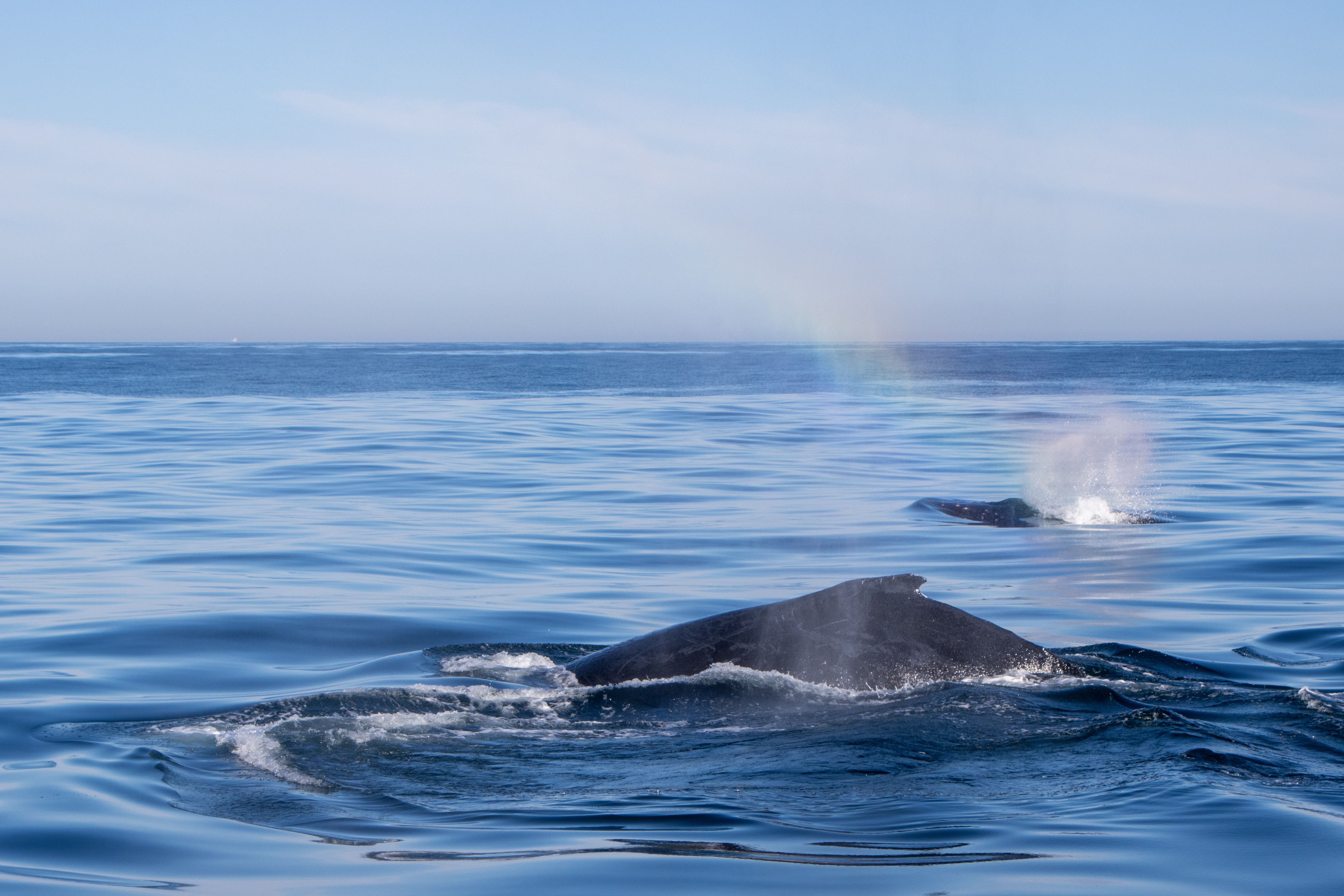
This scale-shifting technology makes it possible to aggregate all existing encounter data for a species in an entire ocean basin, and through personalized feedback, scientists can communicate their findings to a wider audience, including decision makers. The success of this technology can be measured by its impact on science-guided conservation successes, such as the establishment of a 20,000 km2 protected area where all commercial tourism vessels operate at a maximum speed of 10kn to reduce ship strike risk for whales. While objective measures such as user count (about 1800 new users per year), count images received (690,000) and individuals identified (81,000), and published papers (on average one per month for the past two years) are useful, the best measures of success can be seen in the innovative conservation science studies undertaken by research collaborators using this technology.
Scaling Happywhale for Marine Mammal Conservation
The primary goal of scaling this micro-platform of research-ware is to serve conservation and expand its usage to various conservation efforts, unlike dot-com startups which aim for exponential growth. The aim is to scale across marine mammal sciences to alleviate data deficiency issues, such as entanglement in fishing gear, which is a significant cause of marine mammal deaths.
The platform has had positive experiences collaborating with almost every active research group working with humpback whale individual identification in the North Pacific. This collaboration has generated enthusiastic feedback and taught the platform developers lessons for making its technology and accessible science culture even more broadly embraced by users. The demand for this technology and its ability to aid in conservation efforts is strong, with immediate potential to accomplish things such as tracking populations that are most vulnerable to entanglement. By tracking those whales in populations vulnerable to entanglement and creating an engaging science communication tool, individual identification in a publicly accessible form can drive action by turning an anonymous fatality into a known victim.
This technology can make a substantial contribution to marine mammal conservation and transform the process of protecting these species. But to achieve this, the platform must first implement fast and accurate image recognition AI for a variety of species and software tools that allow research collaborators to confidently bring their data and efforts into the system. Happywhale has a long list of potential collaborating scientists who are waiting for effective image recognition AI, similar to what has been accomplished with humpback whales.
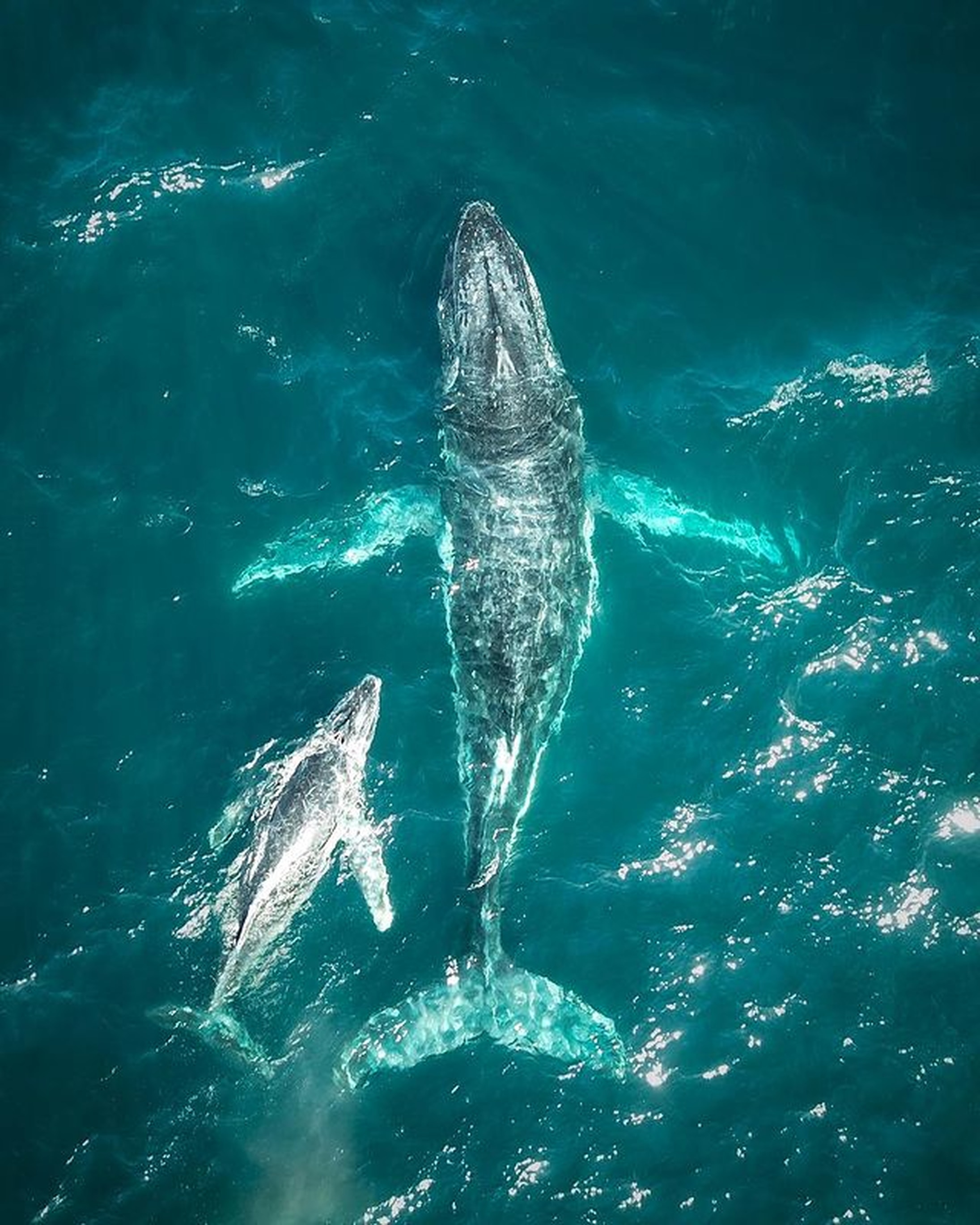
Despite the strong demand from scientists, scaling will face challenges and growing pains. For instance, building a comprehensive dataset of humpback whales in the North Pacific Ocean required centralized management and intensive oversight, which has informed their subsequent developments to build user-friendly and accessible systems. They are currently working on developing a training platform with sample data for a beta test site that will de-center the system administration. To effectively scale this technology, they must continue to develop robust and accessible systems to support applied conservation science worldwide.
How can I engage with Happywhale?
Happywhale is an innovative citizen science platform that enables people to contribute to the understanding and conservation of whales worldwide. Its AI-powered image recognition technology, combined with accessible web-based systems, allows for the collection of vast amounts of data. This comprehensive dataset has been instrumental in scientific research, including identifying the impact of entanglement on juvenile whales. Ongoing effort is still being made to scale up this technology for wider and effective use.
Anyone with an interest in conservation technology and local marine wildlife can join the effort to protect and conserve whales worldwide by contributing to Happywhale. With its user-friendly platform and easy submission process, citizen scientists who live near whale habitats can help collect and evaluate images of whales from around the world’s oceans. Join Happywhale today and be a part of a community of people working towards a better future for these amazing creatures!
And if conservation tech community members are looking for ways to engage with Happywhale through collaboration and support, visit their website to get in touch about opportunities.
Explore the 2023 Conservation Tech Showcase
Our new Conservation Tech Showcase is a series exploring successes and bold ideas in the world of conservation technology, shared through case studies about exciting projects from outstanding organizations around the world.
Learn more about the series and its case studies here on WILDLABS.





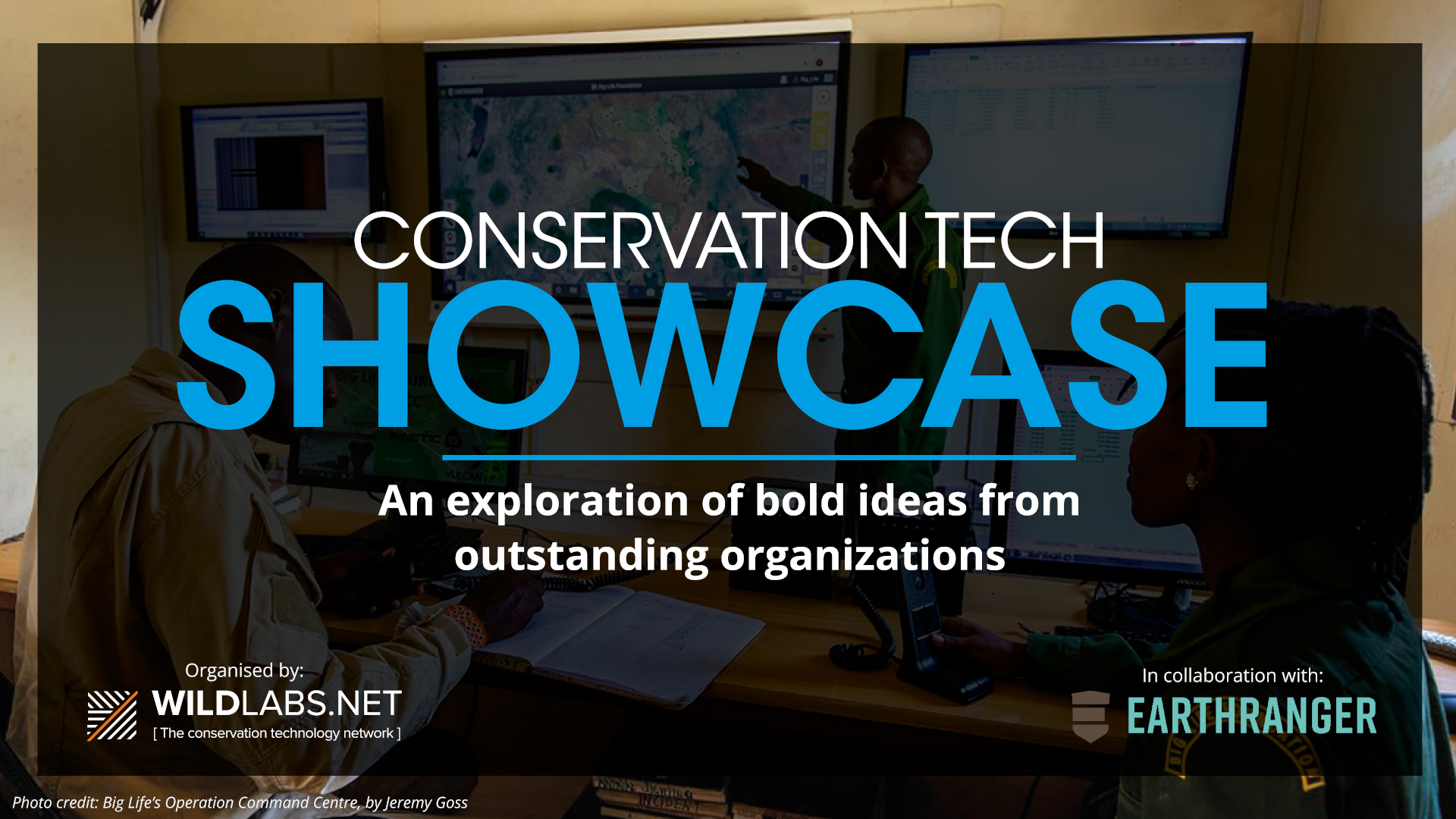

Add the first post in this thread.